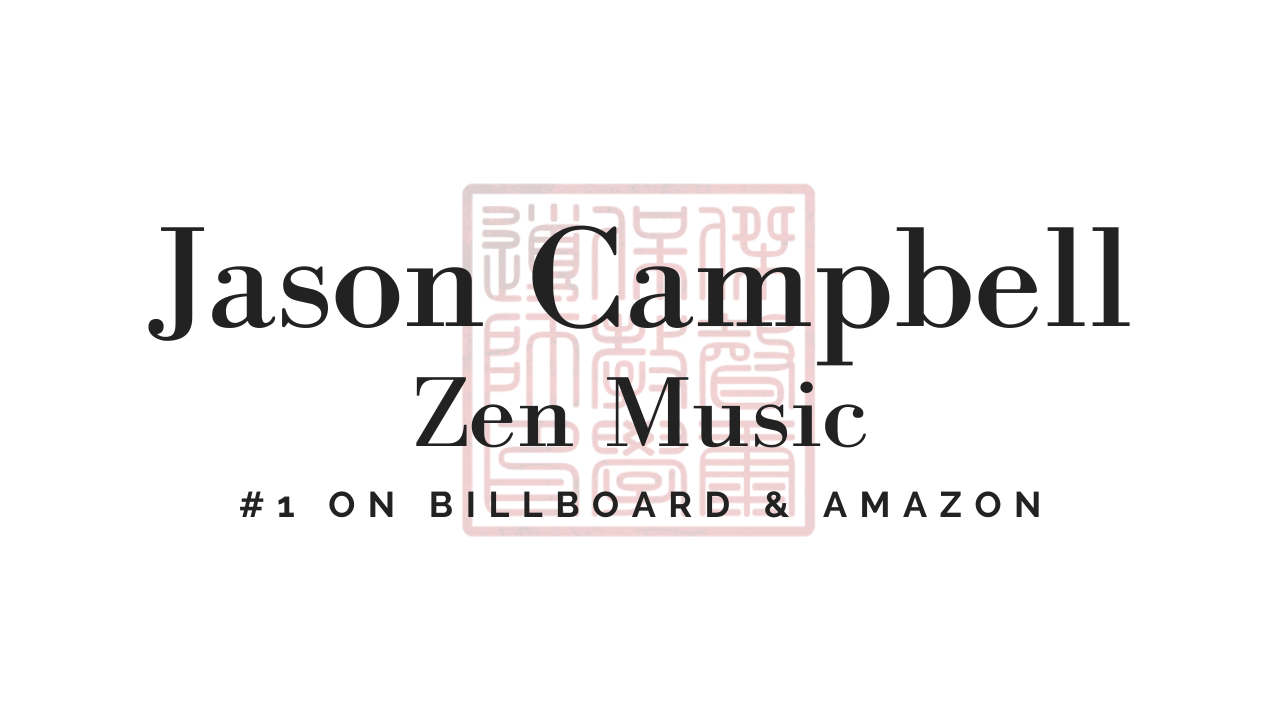Exploring the Tools of Inner Transformation
The teaching presented here serves as a guide for fostering inner harmony, enhancing personal growth, and cultivating a profound connection with oneself. It is a practice that integrates breath, sound, movement, and intention, offering tools for self-discovery and balance. Each element of this approach is crafted to engage the body, mind, and spirit, dissolving barriers to inner peace and enabling a deeper awareness of the present moment.
The Toolkit of Transformation: A Focus on You
The essence of this practice is rooted in the idea that you are the project. The "tools" employed—music, breath, mantra, and movement—are not ends in themselves but pathways to inner exploration. Whether through a virtuosic opera designed to dissolve internal dramas or ancient breath techniques modernized for contemporary use, the focus remains on the individual’s transformation.
For instance, music can be seen as a powerful tool for connection. When listened to attentively, such as through headphones, it creates a unique auditory landscape. This practice isn’t just about hearing notes but about perceiving the spaces between them. Similarly, the five-element arc of sound and Vedic mantra integrates deeply rooted traditions into a modern framework, designed to evoke a sense of dissolution and renewal.
Dissolving the Internal Noise: Techniques in Deep Listening
The concept of deep listening goes beyond auditory perception; it invites participants to quiet internal noise. This approach parallels traditions such as Zen archery, where the aim is not merely hitting a target but cultivating a focused and present state of mind. Tools like the bow and arrow in Zen become metaphors for the techniques we use in our daily practices. Once mastery is achieved, attachment to the tool itself diminishes, emphasizing the importance of inner mastery over external objects.
However, a balanced approach is advocated here. While Zen might suggest putting down the bow, the teaching reminds us that engaging in activities we love—whether archery, music, or breathwork—remains vital. The tools are not discarded but embraced as vehicles for exploration, as long as we avoid becoming overly attached to them.
Engaging the Breath: A Path to Centering
Breath is central to this practice, serving as both a grounding force and a dynamic method for transformation. The structured breathing exercises begin with purging the body of tension, progressing to increasingly intricate breath holds, compressions, and releases. Each technique encourages participants to bring their attention inward, observing the rhythm of their breath and its impact on their physical and mental states.
A key takeaway here is mastery. The exercises train individuals to anchor their awareness, keeping the "monkey mind" tethered to the tree. This disciplined focus fosters clarity, stability, and a sense of ease. The culmination of these exercises is not merely physical relaxation but an enhanced ability to direct one's attention intentionally.
Movement as Flow: Overcoming Stagnation
Incorporating movement into the practice addresses physical and energetic stagnation. Techniques like shaking, tapping, and flowing transitions encourage participants to reconnect with their bodies. These movements are inspired by ancient traditions, such as the symbolism found in the colors of Tibetan prayer flags representing the five elements—wood, fire, earth, metal, and water.
Flow is both a physical and mental state. While stagnation can block energy and lead to discomfort, it also serves as a contrast, highlighting the vitality of movement. By embracing both, participants learn to navigate between stillness and motion, cultivating resilience and adaptability.
Rituals of Centering: Intention and Visualization
The practice also emphasizes the power of intention. Setting a focused aim at the start of each session transforms abstract desires into clear objectives. This is likened to shooting an arrow into space—the act itself imbues the mind with direction and purpose.
Visualization plays a critical role, helping participants connect with their goals on multiple sensory levels. Whether imagining warmth spreading through the body or visualizing energy flow, these exercises anchor the individual in a state of presence and clarity.
Integration and Daily Renewal
This teaching is not about achieving a final destination but about embracing an ongoing journey. Like showering, eating, or sleeping, the practice becomes a daily ritual. Each session builds upon the last, creating a rhythm that integrates seamlessly into life. Over time, participants refine their craft, not striving for perfection but embracing the continuous process of growth.
The idea of "rinse and repeat" underscores the importance of consistency. By returning to the practice daily, individuals gradually deepen their understanding and effectiveness, fostering a sense of mastery and ease in their lives.
The Art of Balance: Cool Heads and Warm Hearts
An intriguing aspect of this teaching is its attention to physical sensations. Techniques encourage participants to cultivate a "cool head" and a "warm stomach," a state associated with balance and vitality. This is achieved through practices like tongue placement, which stimulates moisture and activates energy flow, and movements that enhance circulation.
This emphasis on the physical complements the mental and emotional aspects of the practice. Together, they create a holistic approach to well-being, integrating the body, mind, and spirit into a harmonious whole.
The Masterpiece Is You
Ultimately, the teaching reminds us that the masterpiece we seek to create is ourselves. The tools, whether music, breath, movement, or visualization, are merely instruments in this larger project. They guide us toward greater self-awareness, inner peace, and resilience, helping us navigate life with grace and intention.
Through consistent practice, we learn not only to master these tools but to transcend them, finding within ourselves the strength and clarity we need. Each session becomes a reaffirmation of our commitment to growth, a step toward realizing our fullest potential.
As we close this exploration, the invitation remains open: to continue the journey, to rinse and repeat, to embrace the craft of self-discovery. Whether through breath, movement, or intention, the path leads inward, reminding us that the true masterpiece lies within.

